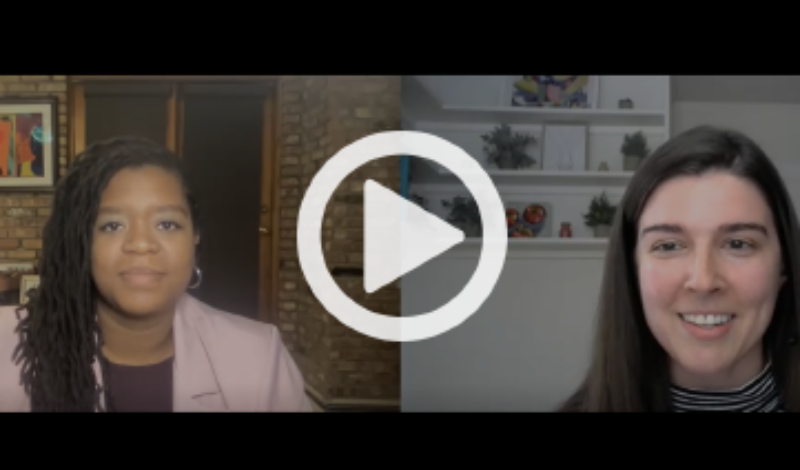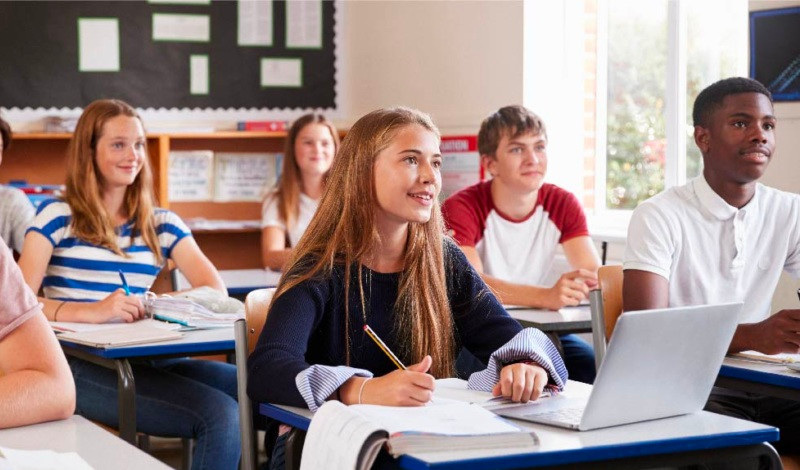
News Goggles: Can you trust it? Dolly Parton in People magazine
In this edition of News Goggles, we’re going to examine sourcing and the use of hyperlinks in news reports
News Goggles annotations and activities offer news literacy takeaways on timely topics. These resources feature examples of actual news coverage, including full news reports, headlines, breaking news alerts or excerpts.
This News Goggles resource originally appeared in a previous issue of The Sift newsletter for educators, which explores timely examples of misinformation, addresses journalism and press freedom topics and examines social media trends and issues. Read archives of the newsletter and subscribe here.
It’s a fear that can keep a journalist up at night: a factual error in a news report. Accuracy is paramount in journalism. Journalists at standards-based news organizations work to verify and fact-check each piece of information in their reporting. But what happens when occasional mistakes occur? Quality news organizations take factual inaccuracies very seriously. When journalists discover mistakes, they should correct the information as soon as they can and provide clear explanations.
Being transparent about mistakes — and accountable for them — is a key characteristic that separates credible news organizations from other sources of information. Let’s examine several news reports and consider how different news organizations handled corrections. Grab your news goggles. Let’s go!
★ Featured News Goggles resource: These classroom-ready slides offer annotations, discussion questions and teaching ideas related to this topic.
Note: New research reveals that Johns Hopkins, founder of the university and hospital that bear his name and long considered a “staunch abolitionist,” actually owned slaves, according to a Baltimore Sun news report. The reporting helps underscore the importance of correcting the historical record when new information comes to light — even decades later.
Discuss: Why is it important for news organizations to correct inaccuracies? How does correcting mistakes make a news source more trustworthy? How often do standards-based sources of news make errors of fact? What types of errors are the most common?
Idea: Ask students to research corrections policies and standards posted online for a few local news organizations. How do these policies compare? Do the policies outline how to contact the newsrooms about mistakes? Connect your students with one of NLP’s journalist volunteers using the Checkology journalist directory and have a conversation about errors and corrections. Discuss the steps the journalist takes to prevent corrections and correct factual inaccuracies.
Another Idea: Select one of the news reports included in the slides. To demonstrate the number of facts that journalists are verifying in a typical news report, ask students to tally the facts in the selected article. Be sure the students look for name spellings, job titles, organization names, dates, locations, quotes, etc. How would students go about fact-checking this report?
Resources: “Practicing Quality Journalism” (NLP’s Checkology® virtual classroom) and Newsroom to Classroom (NLP’s Checkology® directory of journalist volunteers).
Have feedback about this resource? Or an idea for a future News Goggles? Please share it with us at [email protected]. You can also use this guide for a full list of News Goggles from the 2020-21 school year for easy reference.
In this edition of News Goggles, we’re going to examine sourcing and the use of hyperlinks in news reports


This week, we talk to journalist Candice Norwood about her role as a breaking news reporter at The 19th*.


Student voices are catalysts for positive change in schools and communities. You can empower them to be well-informed and


With this poster, students are introduced to seven standards of quality journalism and their descriptions.


The News Literacy Project and TIME for Kids teamed up to create “News Matters,” a three-week unit plan intended



